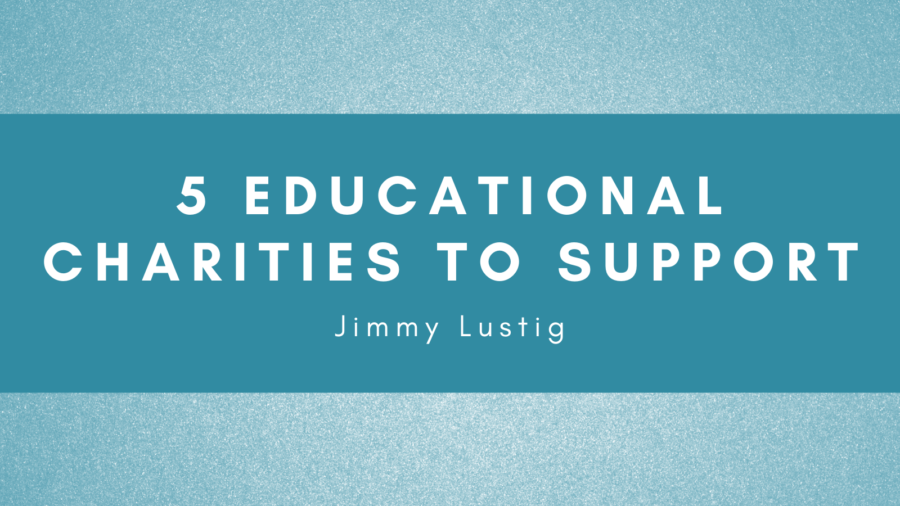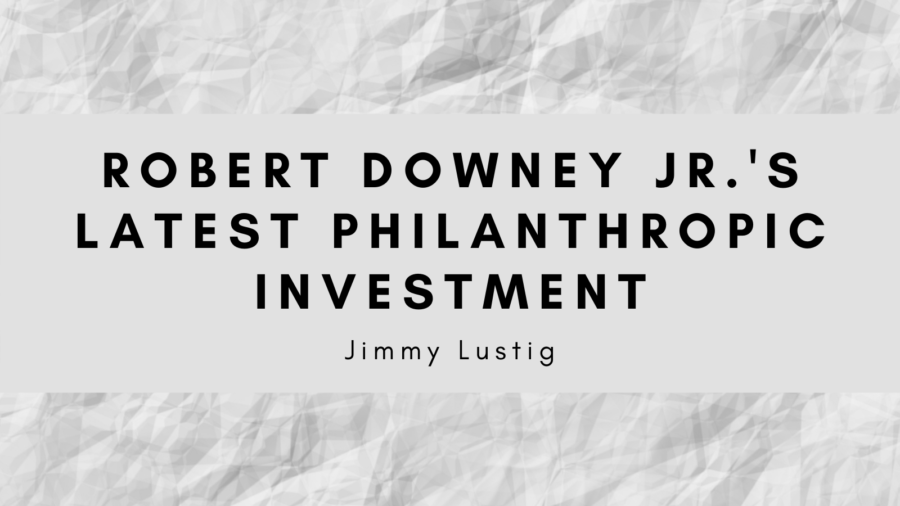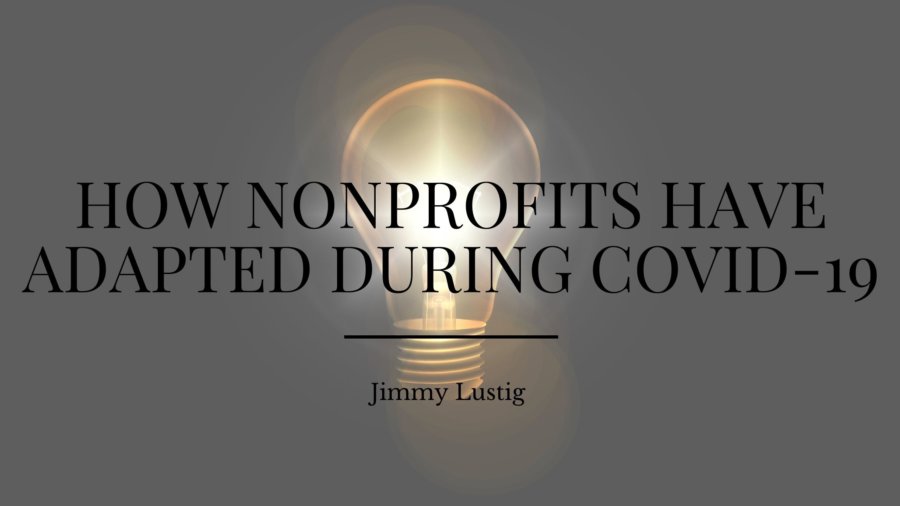Being a good citizen is the right thing to do, and volunteering can help companies thrive. It can also help organizations develop and grow. Aside from being beneficial to the individuals who participate, community service also benefits the organizations that it supports.
It’s important for team leaders and managers to understand the various benefits of community service. Aside from being beneficial to the individuals who participate, it can also benefit the organizations that it supports. This is why it’s important that they are inspired to give back.
-
Offer Paid Time for Volunteering
Although it’s not always possible for everyone to volunteer off the clock, volunteering can still be a great way to show your commitment to the community. Having paid time off for volunteering can be a great way to demonstrate your love for the community.
According to a survey conducted by the Society for Human Resources Management, over 20 percent of companies offered paid time off to their employees for volunteering. A total of 82 percent of companies that were included in the 2014 Civic 50 also offered paid time off to their employees.
-
Share Opportunities
Doing the work for the team members instead of asking them to research volunteer opportunities can help them find ways to give back. You can also create a weekly email digest that provides a list of volunteer opportunities that the team can explore.
List out volunteer opportunities that are focused on different skill sets such as teaching, tutoring, or painting. You can also start a formal partnership with a local organization to help the team members get involved. Before you start a volunteer program, make sure that the details about the organization and the time commitment are included in the list. This will help your employees determine if they are the right fit for their lifestyle.
-
Create Leadership Opportunities
Being able to take on more responsibility can help employees develop their skills and improve their performance. It can also help them feel valued and supported at work.
Although it’s important to have a volunteer coordinator, it’s also important to identify the individuals who can be given leadership roles. You can also start by developing a list of skills that your team members can use to improve their performance. Consider your team’s skills and interests and how they might be utilized in a volunteer setting.
-
Encourage Office Leaders to Be Examples
Seeing leaders commit to volunteering can help team members feel more positive about their participation. It can also help them feel supported and valued at work. To make sure that the team members are comfortable with the idea of giving back, encourage team leaders to regularly talk about the company’s social responsibility initiatives.
-
Reward Volunteers
Make sure that your team members are not only recognized for their hard work but that they’re also encouraged to get involved. Having a reward system can help make volunteering more of a part of the company culture.
One of the most important factors that you can consider when it comes to rewarding team members is their commitment to the community. Doing so can help demonstrate the company’s commitment to social responsibility. In 2014, 50 percent of companies featured in the Civic 50 list of Points of Light included community engagement work in their performance reviews.










